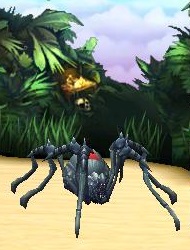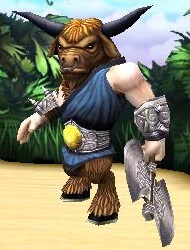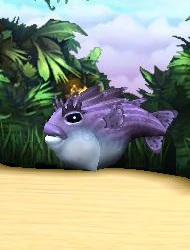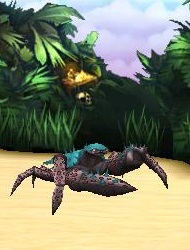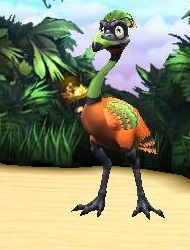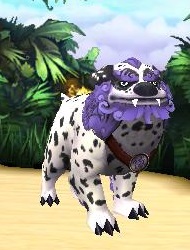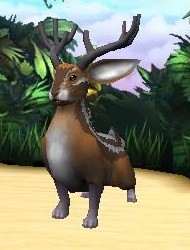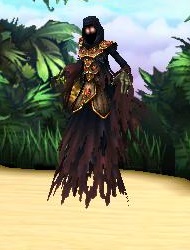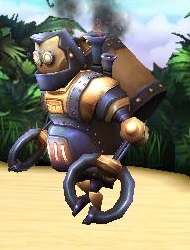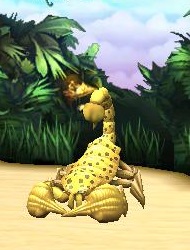April 22, 2014 December 9, 2018
 How To Efficiently Train to
How To Efficiently Train to
Your Pet’s Maximum Guts, Guile, and Grit
A Pirate101 Advanced Pets Guide
We’ve written about the perfect PvP pet before, but what about your pet’s stats? 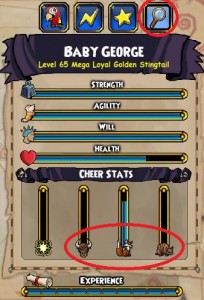 To succeed in the arena, any pet will want to be trained so its Guts/Guile/Grit is as high as possible. A high G/G/G score increases the amount of action your pet receives when you cheer. Your pet’s G/G/G values are shown on the last pane in the pet menu:
To succeed in the arena, any pet will want to be trained so its Guts/Guile/Grit is as high as possible. A high G/G/G score increases the amount of action your pet receives when you cheer. Your pet’s G/G/G values are shown on the last pane in the pet menu:
Mouse over the individual stats to get the current and maximum values for each.
The base stats for Guts, Guile, and Grit range from 60 to 75, depending on the pet. On most first generation pets, all three values are the same. Child pet’s G/G/G stats are a combination of their parent’s stats. All pets can have their stats increased by manifesting certain talents. Some common pets and their base stats:
Pets with Guts/Guile/Grit = 60/60/60
Pets with Guts/Guile/Grit = 65/65/65
Pets with Guts/Guile/Grit = 70/70/70
Pets with Guts/Guile/Grit = 75/75/75
Exercises that can be used to increase your pet’s G/G/G stats:
The Basics
A Slow Crawl to the Top
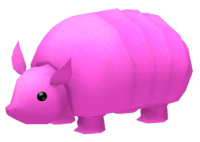 All exercises take the same amount of energy based on the level of your pet, ranging from 3 energy per exercise for a level 5 pet, to 9 energy per exercise for a level 65 pet. The time required to complete the exercise is not affected by pet level. You cannot feed your pets a snack after any of the exercises, so you will be unable to improve their Strength, Agility, Will, or Power stats while doing G/G/G training.
All exercises take the same amount of energy based on the level of your pet, ranging from 3 energy per exercise for a level 5 pet, to 9 energy per exercise for a level 65 pet. The time required to complete the exercise is not affected by pet level. You cannot feed your pets a snack after any of the exercises, so you will be unable to improve their Strength, Agility, Will, or Power stats while doing G/G/G training.
As you can see from the table, G/G/G training is a “Two steps forward, one step back” process. Every time the value of one stat increases, the values of the other two decrease. The net effect is an incremental improvement in the total G/G/G value, but progress can be slow. The secret is to maximize the size of the forward steps, and minimize the size of the backward steps. It is most efficient to wait until your pet is at least Level 50 to begin training G/G/G, because that is when the highest level training exercises become available. However, if you want to start sooner than that, the same basic approach still applies.
The following information will help you get close to your pet’s maximum G/G/G score while doing the minimum number of training exercises. This guide assumes that pet gear is never a limitation, and you always have whatever gear is needed for a particular exercise. If you need some gear, tell your crew to get busy Pet Wranglin’!
First, there are three rules that can be derived from the exercise table:
The Rules
Rule #1: Train Guile First
Guile should be trained first because the stat penalties from the exercises are not evenly distributed. For the highest level exercises, every time you train Guts or Grit, you do only -4 damage to Guile. But every time you train Guile, you do -8 damage to both Guts and Grit. This difference will become important when you begin training a second stat.

Rule #2: Train Guile Up (Close) To The Maximum First Before Training A Second Stat
Since no stat can go below 0, there is no damage done by any exercise that tries to decrement a stat already at 0. This means the Net Improvement of an exercise can exceed +4. For example, the Jumping Jacks exercise is normally a Net Improvement of +4, because the +20 for Guile is offset by the -8 each for Guts and Grit. However, if your G/G/G value before the exercise is 0/40/0, the Net Improvement is +20! It is not always necessary to train Guile to the absolute max before beginning on Guts or Grit, but you should probably get within a few points of the maximum.
Rule #3: Train Two Stats To Maximum Before Beginning On The Third
This is an extension of Rule #2. You can’t do any more damage to a 0 stat, so keep one at 0 for as long as possible to maximize your Net G/G/G Improvement. Again, it isn’t required to train both to the absolute maximum before beginning on the third – just get close.
After the first two stats are maxed, the best you can do is an incremental +4 improvement per exercise in your overall G/G/G score. Use these two guidelines to decide which exercise to do next:
Guidelines
Guideline #1: Don’t choose an exercise that increments a stat beyond what is needed to reach its maximum value
You obviously can’t actually get the stat higher than its max. Any attempt to increment beyond the max is not only a waste, but probably counterproductive, because the other stats are being decreased. This guideline makes your backward steps as small as possible.
Guideline #2: Do choose an exercise that gives the largest Net Improvement without violating Guideline #1
The larger the net improvement, the faster you will get to your pet’s maximum G/G/G value. This guideline makes your forward steps as large as possible.
It is also worth thinking one or two exercises ahead. Sometimes you can order the exercises so that you can choose one with a larger Net Improvement somewhere down the line. But don’t get too hung up on it – the length of the overall sequence won’t vary much.
Example Training Sequence
Exercise sequence to train a Level 50+ pet with G/G/G stats of 60/60/60
|
Beginning G/G/G Values |
Exercise G/G/G Increments |
Ending G/G/G Values |
|
0/0/0 |
-8/+20/-8 |
0/20/0 |
|
0/20/0 |
-8/+20/-8 |
0/40/0 |
|
0/40/0 |
-8/+20/-8 |
0/60/0 |
|
0/60/0 |
+20/-4/-12 |
20/56/0 |
|
20/56/0 |
+20/-4/-12 |
40/52/0 |
|
40/52/0 |
+20/-4/-12 |
60/48/0 |
|
60/48/0 |
-4/+10/-4 |
56/58/0 |
|
56/58/0 |
-12/-4/+20 |
44/54/20 |
|
44/54/20 |
-12/-4/+20 |
32/50/40 |
|
32/50/40 |
-12/-4/+20 |
20/46/60 |
|
20/46/60 |
+20/-4/-12 |
40/42/48 |
|
40/42/48 |
+20/-4/-12 |
60/38/36 |
|
60/38/36 |
-8/+20/-8 |
52/58/28 |
|
52/58/28 |
-12/-4/+20 |
40/54/48 |
|
40/54/48 |
+20/-4/-12 |
60/50/36 |
|
60/50/36 |
-12/-4/+20 |
48/46/56 |
|
48/46/56 |
-6/+15/-6 |
42/60/50 |
|
42/60/50 |
-6/-2/+10 |
36/58/60 |
|
36/58/60 |
+20/-4/-12 |
56/54/48 |
|
56/54/48 |
-6/-2/+10 |
50/52/58 |
|
50/52/58 |
+10/-2/-6 |
60/50/52 |
|
60/50/52 |
-4/+10/-4 |
56/60/48 |
|
56/60/48 |
-6/-2/+10 |
50/58/58 |
|
50/58/58 |
+10/-2/-6 |
60/56/52 |
|
60/56/52 |
-3/-1/+5 |
57/55/57 |
|
57/55/57 |
-2/+5/-2 |
55/60/55 |
|
55/60/55 |
+5/-1/-3 |
60/59/52 |
|
60/59/52 |
-3/-1/+5 |
57/58/57 |
This sequence gets the pet within 8 points of the maximum G/G/G value in 28 exercises. It also contains one minor violation of Guideline #1 (extra credit if you spot it).
With enough repetitions of the smallest 3 exercises, it is possible to get any pet to within 5 points of its maximum G/G/G value. Maximum minus 5 points is the best you can do for all G/G/G values, but the extra few points might not be worth the effort.
One final note: It is possible to devise exercise sequences that are slightly shorter than what you might get using the method above. However, the specific sequence depends on the particular G/G/G values (including whether they have been increased by talents), and the complexity of a general algorithm is well beyond the scope of this guide (and my brain).
Happy pet training,
LeahC
